fwellers
TPF Noob!
- Joined
- Nov 21, 2008
- Messages
- 440
- Reaction score
- 6
- Location
- Northern VA
- Website
- www.fwellers.com
- Can others edit my Photos
- Photos OK to edit
This is like an 80% crop of a picture I took this morning of the moon.
I was on iso 800 f3.5 1/60 handheld.
Using a D90 and the nifty fifty. I wonder why the red ring is around the moon. I have another image ( having a hard time getting that crop uploaded ), and it has a greenish yellow ring around the moon that's visible when fully cropped.
I thought this was chromatic abberation, so I tried to get it out with nx2. That correction did absolutely nothing for it.
Is this something I'm doing wrong, or is it because of the lens or something else ?
Thanks,
floyd

I was on iso 800 f3.5 1/60 handheld.
Using a D90 and the nifty fifty. I wonder why the red ring is around the moon. I have another image ( having a hard time getting that crop uploaded ), and it has a greenish yellow ring around the moon that's visible when fully cropped.
I thought this was chromatic abberation, so I tried to get it out with nx2. That correction did absolutely nothing for it.
Is this something I'm doing wrong, or is it because of the lens or something else ?
Thanks,
floyd





![[No title]](/data/xfmg/thumbnail/42/42066-badd1780980376f04f261f985a608adf.jpg?1619739998)
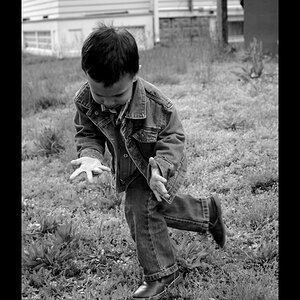
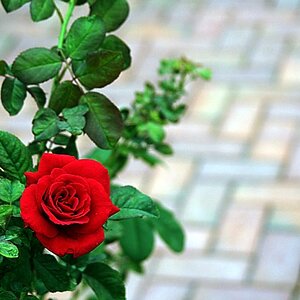

![[No title]](/data/xfmg/thumbnail/37/37602-1ef8dbb1c2d0e4ff347ee65d328c3603.jpg?1619738147)

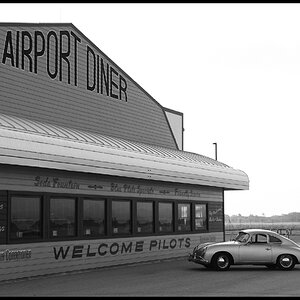
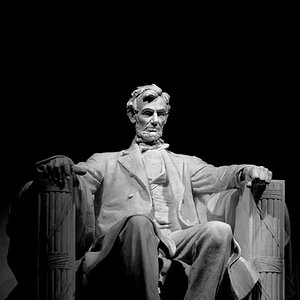
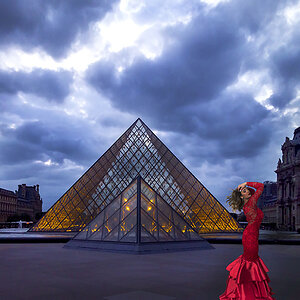
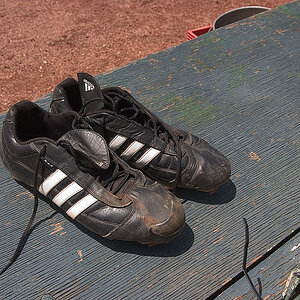
![[No title]](/data/xfmg/thumbnail/37/37604-7ad625e983f92f880eb65a264eeef5e4.jpg?1619738148)